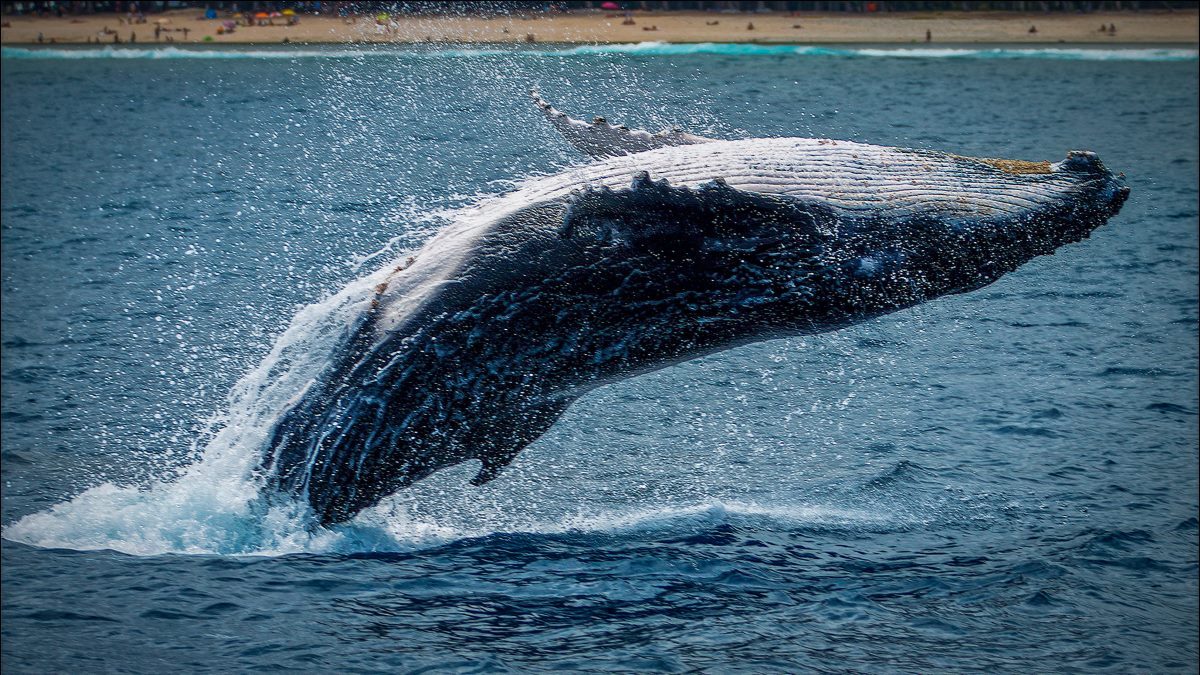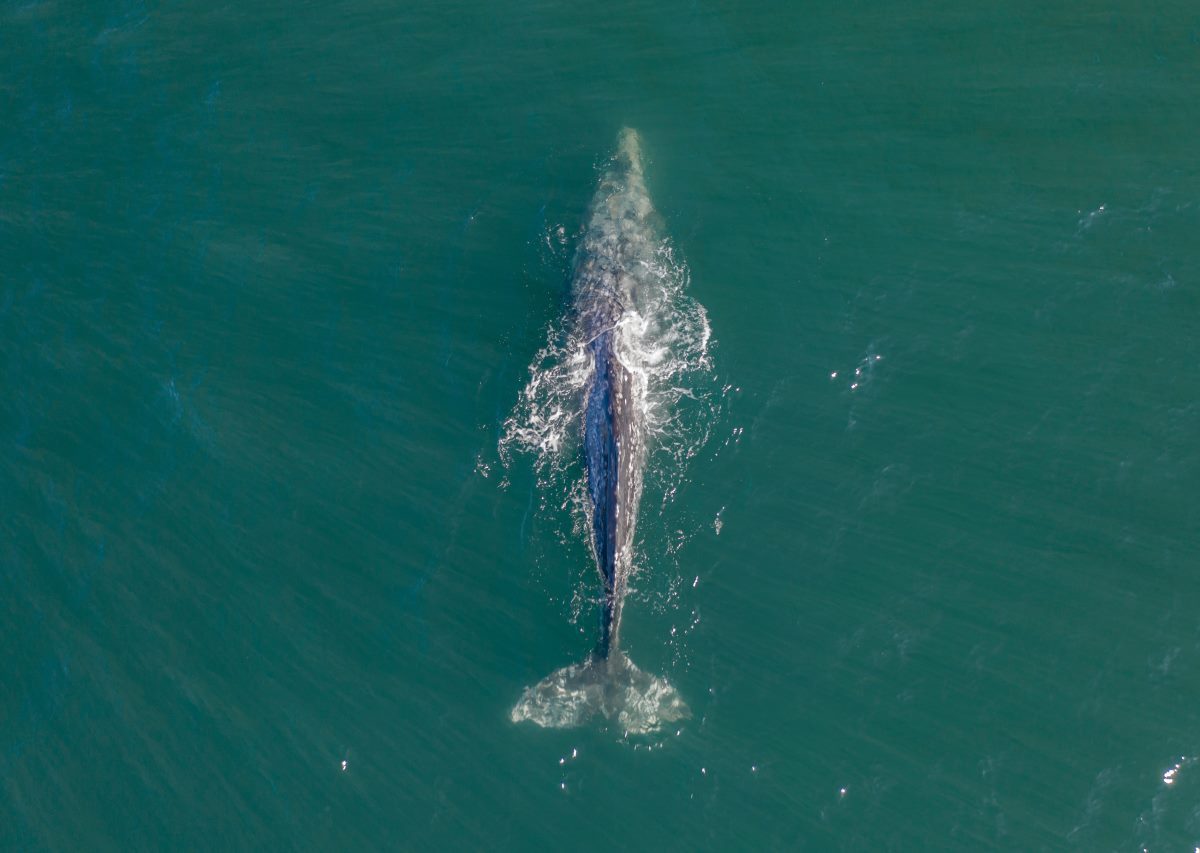Are you looking for an unforgettable experience in Sardinia? If so, look no further than whale watching! Sardinia is home to a rich marine life, including several species of whales that can be spotted off the coast. This beautiful island offers unparalleled opportunities to see these gentle giants up close and personal in their natural habitat. Whether you’re a nature lover or simply seeking a unique adventure, whale watching in Sardinia is an activity that is not to be missed. In this post, we’ll explore the best locations and methods for whale watching in Sardinia and give you tips for making the most of this once-in-a-lifetime experience.
The 3 Best Whale Watching in Sardinia
The 3 Best Whale Watching in Sardinia
1. Tour Delfini Sighting

Discover the breathtaking beauty of Sardinia’s coastline on a dolphin-watching boat tour to Figarolo. Accompanied by an experienced skipper and guide, set off from Golfo Aranci to witness these fascinating marine mammals in their natural habitat. Learn about the local dolphins and their habitat while enjoying the stunning views of Olbia Bay. The tour includes bottled water and iced tea on board. Meet the group at the diving and snorkeling center, 20 minutes before departure, then enjoy the adventure, knowing that it ends back at the meeting point. Spotting Sardinia’s bottlenose dolphins is an unforgettable experience that you will cherish for a long time.
2. Kayak Excursion to Cala Moresca

Enjoy a unique immersion into Sardinia’s sparkling coastlines during this guided kayaking excursion to Cala Moresca and Figarolo Island. The tour includes a pre-departure kayaking lesson making it suitable for all experience levels including beginners. Discover remote inlets and coves along the coast only accessible by the water. Get a chance to spot local wildlife — bottle-nosed dolphins, the elusive Sardinian mouflon, and even wild boars frolicking in the water — before winding down with a complimentary traditional aperitivo. This small-group kayaking and snorkeling trip in Cala Moresca and Figarolo Island is capped at only 8 participants for a personalized experience. All equipment, fees and taxes, bottled water, and any parking fees are included. The meeting point is at KayakingMoresca, Via Cala More.
3. Tour Delfini Sighting

If you’re looking for a chance to see some amazing marine life, this tour of Golfo Aranci is a can’t-miss experience. The highlight of the tour might just be the chance to spot dolphins – these friendly creatures have called the bay home for over a decade, and are a joy to behold.
In addition to dolphin sightings, the tour offers plenty of time to take in the beauty of the coastline, with stops at Capo Ceraso and Tavolara. Take a swim or explore the underwater world with the provided snorkeling gear at Spiaggia del Dottore, a gorgeous spot with crystal-clear waters.
The tour also includes a stop at Figarolo Island, home to an array of fascinating creatures – in addition to dolphins, you may spot bottlenose dolphins, mouflons, and gray herons along the way. And of course, no tour would be complete without refreshments – snacks and soft drinks are provided.
This is a great option for anyone who wants to take in the stunning beauty of Sardinia while also getting to observe some incredible wildlife. The tour meets at a convenient location in the city, and ends back at the starting point. What are you waiting for? Book this tour now for an unforgettable experience.
Whale Watching in Sardinia: The Most Frequently Asked Questions
Whale watching is an amazing experience that allows you to observe these magnificent creatures in their natural habitat. Sardinia, an island in the Mediterranean Sea, is one of the best places to go whale watching in Europe. If you’re planning a trip to Sardinia to watch whales, you’ll likely have many questions. In this blog post, we’ll answer the most frequently asked questions about whale watching in Sardinia.
What types of whales can you see in Sardinia?
Sardinia is known for being home to a variety of whale species. Among them, the most commonly sighted are fin whales (Balaenoptera physalus) and sperm whales (Physeter macrocephalus). These are the largest mammals in the Mediterranean Sea, and seeing them in their natural habitat is an incredible experience. Other species that have been spotted in Sardinia are pilot whales (Globicephala macrorhynchus), common dolphins (Delphinus delphis), and bottlenose dolphins (Tursiops truncatus).
When is the best time to see whales in Sardinia?
The best time to see whales in Sardinia is during the summer months. From June to September, there’s a good chance of sighting fin whales and sperm whales. Other species, such as pilot whales and dolphins, can be seen year-round in Sardinia.
Where are the best places to go whale watching in Sardinia?
The west coast of Sardinia is the best place to go whale watching. Cities like Alghero and Bosa offer many whale watching tours that depart from their ports. There are also tours that depart from the Isola dell’Asinara national park, a protected area known for its whale sightings.
How long does a typical whale watching tour last?
A typical whale watching tour in Sardinia lasts between 3 and 4 hours. This gives you enough time to reach the whale watching areas and observe the whales in their natural habitat. Some tours may last longer, depending on the tour company and the sightings on that day.
What should I bring on a whale watching tour?
When going on a whale watching tour in Sardinia, it’s important to bring sunscreen, a hat, sunglasses, and a camera. You’ll also want to wear comfortable clothes and shoes, as well as a wind-resistant jacket, as it can get windy on the boat. Some tour companies may provide binoculars or other equipment, but it’s always a good idea to bring your own.
Is there a chance of seeing other marine life on a whale watching tour?
Yes, there’s a chance of seeing other marine life on a whale watching tour in Sardinia. Besides whales, you may see dolphins, porpoises, sea turtles, and seabirds. Be sure to keep an eye out for other animals while on the tour.
What are the regulations when it comes to whale watching in Sardinia?
In Sardinia, there are strict regulations when it comes to whale watching. Whale watching tours are only allowed to approach the whales from a safe distance of at least 100 meters. The boats must also maintain a minimum speed of five knots when within 300 meters of the whales. Harassing or disturbing the whales in any way is prohibited and can result in hefty fines.
Are there any risks involved in whale watching in Sardinia?
Whale watching is generally safe, but there are always risks involved. Boat rides can be bumpy and may cause seasickness, especially for those prone to motion sickness. There’s also always the chance of an accident, such as a boat collision or capsizing. It’s important to follow the safety instructions of the tour company and wear a lifejacket at all times.
How can I book a whale watching tour in Sardinia?
There are many tour companies in Sardinia that offer whale watching tours. You can book a tour online or through a travel agency. It’s important to choose a reputable and licensed tour operator that follows the regulations and guidelines for whale watching in Sardinia.
How To Do Whale Watching In Sardinia
Sardinia is a beautiful region in Italy known for its stunning landscapes and pristine beaches. One of the most popular activities to do in this region is whale watching, as Sardinia is home to a diverse range of marine life including whales and dolphins. If you want to experience the thrill of whale watching in Sardinia, here’s what you should know:
Step 1: Choose the Right Time and Place
The first step to a successful whale-watching experience in Sardinia is to choose the right time and place. The best time to go whale watching in Sardinia is between May and September, as this is the mating season for many species of whales. The best place to go whale watching in Sardinia is in the waters off the western coast of the island, particularly in the areas around Alghero and Stintino.
Step 2: Choose a Tour Operator
The next step is to choose a tour operator to take you out on the water and guide you through your whale watching experience. There are several tour operators that offer whale watching tours in Sardinia, so it’s important to do your research and choose one that has experience and a good reputation. Some of the best tour operators for whale watching in Sardinia include:
- BluNavy: Offers a variety of whale watching tours that depart from Alghero and Stintino.
- Sardinia Adventure: Offers a range of marine wildlife excursions from Alghero, including whale watching.
- Sardinia Diving Center: Offers whale watching tours from Stintino that also include snorkeling and diving opportunities.
Step 3: Prepare for Your Trip
Before you head out on your whale watching tour, there are a few things you should do to prepare:
- Check the weather forecast: Make sure that the weather conditions will be suitable for whale watching, as you don’t want to be out on the water in rough seas.
- Dress appropriately: Wear comfortable, weather-appropriate clothing and don’t forget sunscreen and a hat to protect yourself from the sun.
- Bring binoculars or a camera: You’ll want to capture the incredible sights of whales and dolphins in their natural habitat, so don’t forget your binoculars or camera.
- Be prepared for motion sickness: If you’re prone to motion sickness, take medication before your tour to prevent any discomfort.
Step 4: Experience Whale Watching in Sardinia
Once you’re out on the water with your tour operator, sit back and enjoy the experience of whale watching in Sardinia. You may have the chance to see a variety of species, including the sperm whale, Risso’s dolphin, and the common bottlenose dolphin. In addition to whales and dolphins, you may also see other marine life such as sea turtles and various species of seabirds.
Remember to respect the wildlife and follow the rules and guidelines laid out by your tour operator. This may include keeping a safe distance from the animals and avoiding any behavior that could disturb them or their habitat.
Step 5: Learn More About Whale Conservation
Whale watching can be a fun and educational experience, and it’s also an opportunity to learn more about whale conservation and the importance of protecting these magnificent animals and their habitats. Your tour operator may provide information and resources on whale conservation, or you can do your own research on organizations and initiatives that are working to protect whales and their environments.
With these steps in mind, you can have an unforgettable and responsible whale watching experience in Sardinia. Remember to plan your trip carefully, choose a reputable tour operator, and prepare yourself for the adventure of a lifetime.
Table of Contents

